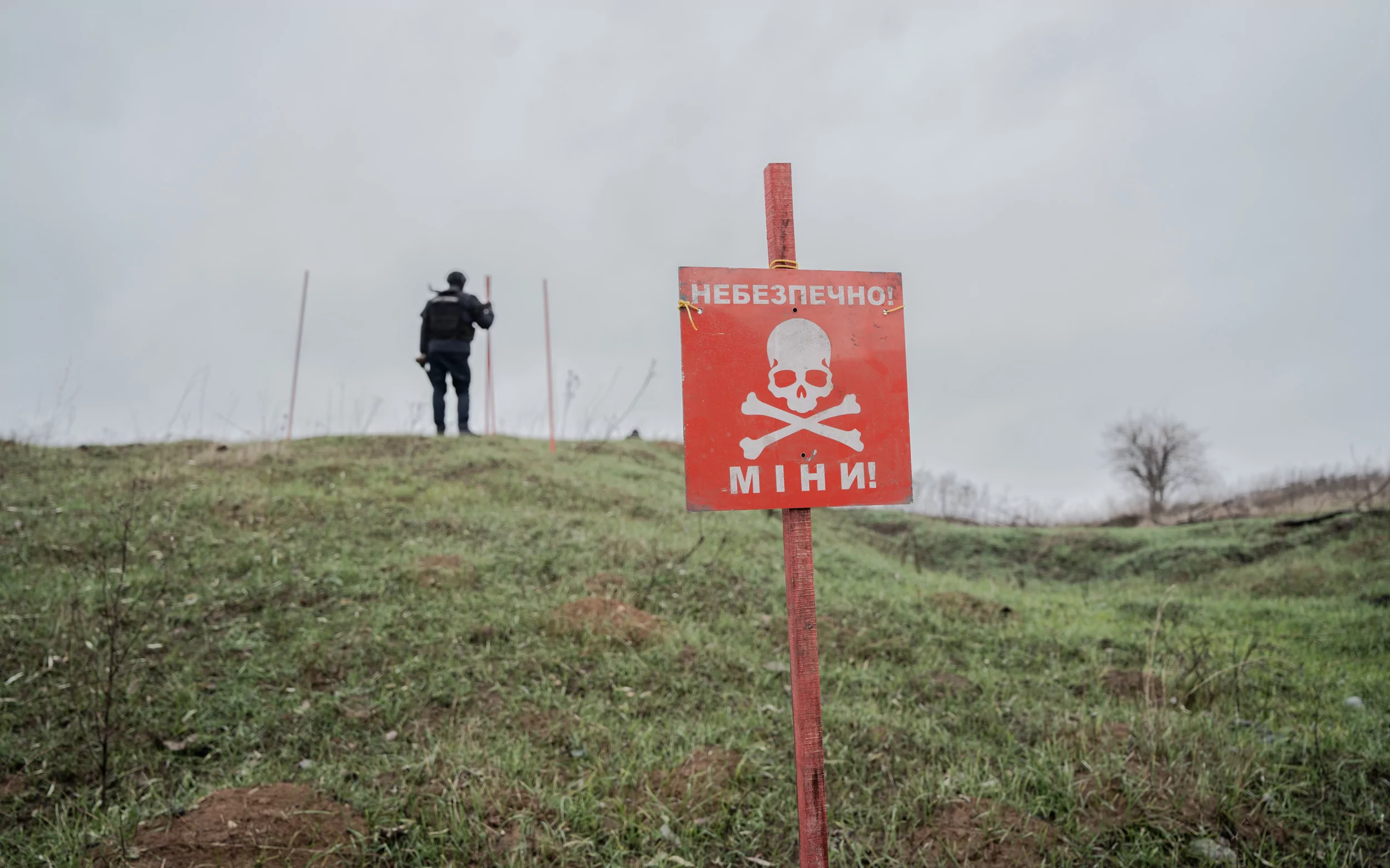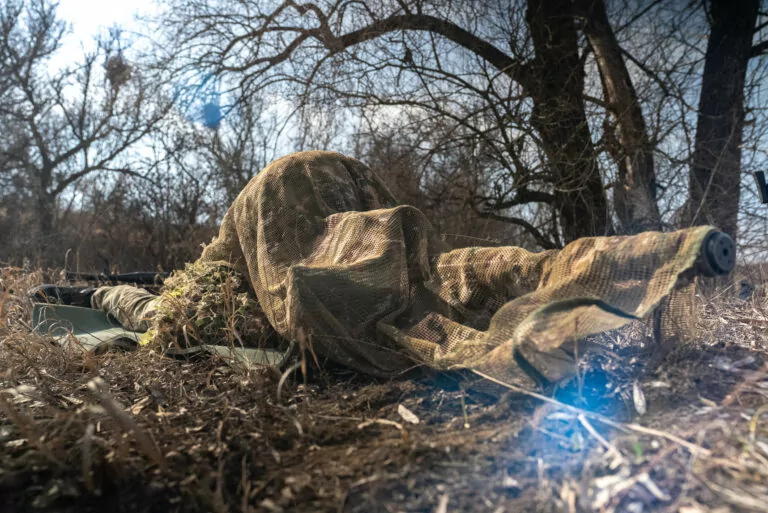KYIV, UKRAINE, Feb 29 – Among the 277 people killed, 14 were children, said Serhiy Reva, head of the humanitarian demining department of the State Emergency Service of Ukraine (DSNS), during a press briefing at the Media Center Ukraine – Ukrinform, Gwara Media reported.
“Unfortunately, the war leaves its trace and we have civilian casualties as a result of mines and other explosive devices. According to the Ministry of Defense, since the beginning of the war, more than 200 people have been killed by mines and other explosive devices, including, sadly, 14 children. More than 600 people have been injured, including 74 children,” says the head of the humanitarian demining department of the State Emergency Service.
Ukraine is currently one of the most mined countries in the world. Due to the full-scale invasion of the country, more than a quarter of Ukraine’s territory is potentially affected by contamination. Defense forces and mine action operators are working on demining.
The main efforts are focused on clearing explosive ordnance from settlements, transportation routes, public lands, critical infrastructure facilities, and power lines in the liberated territories of Kyiv, Chernihiv, Sumy, Kharkiv, Mykolaiv, Kherson, and Donetsk regions.
On February 27 at 3 p.m. in Izium, Kharkiv Oblast, a 42-year-old man exploded on a mine, preliminarily a PFM-1 “Petal”. According to him, the victim exploded while cleaning his garden. He was taken to a medical facility with injuries.
The PFM-1 (anti-personnel landmine)’Petal’ is a Soviet-made anti-personnel landmine of pressure action. It almost exactly copies the American BLU-43/B Dragontooth mine. The mine was adopted by the Soviet Army in 1975. It can be laid manually or with the help of special mine fences. The PFM-1 is a very dangerous mine because it can be disguised as grass or foliage. The mine is triggered when a person steps on it, resulting in serious injury or death.
More from Gwara
Denmark hands over 6 UAVs to Ukraine for mine scanning. These drones are used for non-technical inspection of territories, including water bodies, for the presence of explosive objects.




